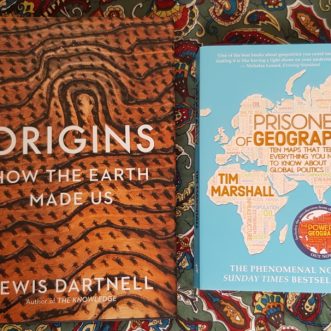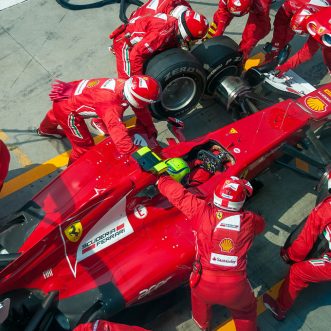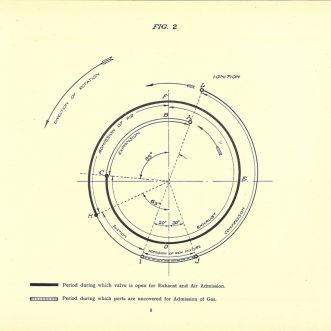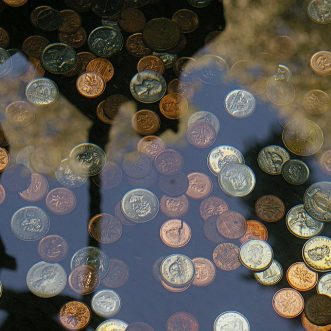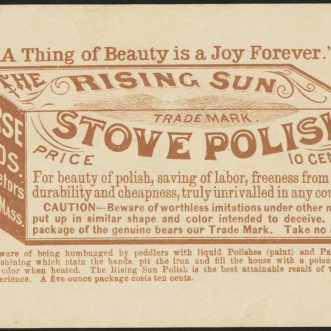
Heretical thoughts on packaging your Promise – Price
Price is about ensuring both participants profit from their time together, finding the the right balance between what you need and what represents value to the people you serve.
Questions to ask:
- How much does it cost you to deliver? – Work this out on a per package basis, and remember to attribute a share of everything your accountant would normally dump in ‘overhead’. That way you can be sure of making a profit each time you Keep your Promise. Keeping your Promise enough times per year to make the living you want is a different problem.
- How much do you want to earn? – Here’s a quick calculation:
- Work out how much a year you want to earn before tax.
- Divide it by 100 (=((365-(weekends, time off and bank holidays))/2) – because you need to spend half your working time running the business).
- That’s your target ‘daily earnings’
- Set yourself 2 levels – the least you want to earn, and your ideal.
- How are the alternatives priced? – Price is part of the story people tell themselves when they choose, and is often used as an indication of quality. You don’t need to be cheaper than the alternatives. You don’t need to be more expensive either, unless your costs are higher or you want to earn more.
Remember:
- Being in a category of one puts you in complete control of your price.
- Pricing is part of the story.
- Payment is part of the format.
- As long as you’re charging more than it costs you to Keep your Promise you have the potential to be profitable. Keeping your Promise enough times per year to make the living you want is a different problem.
- Price can be a flow control mechanism too. If you’re inundated with clients, putting your price up will slow demand. Lowering it may increase flow – but only if enough people already know what great value you offer.
- If you’re not enrolling enough clients, you’re more likely to be underexplaining the value than overpricing it.
- A low price can help to enrol early adopters, but make sure they know it’s a special deal for them. And make sure they will rave about it afterwards.
- If you get it wrong the first time, you can always put your price up for the next new client.
- You only really need enough. And enough is up to you.


